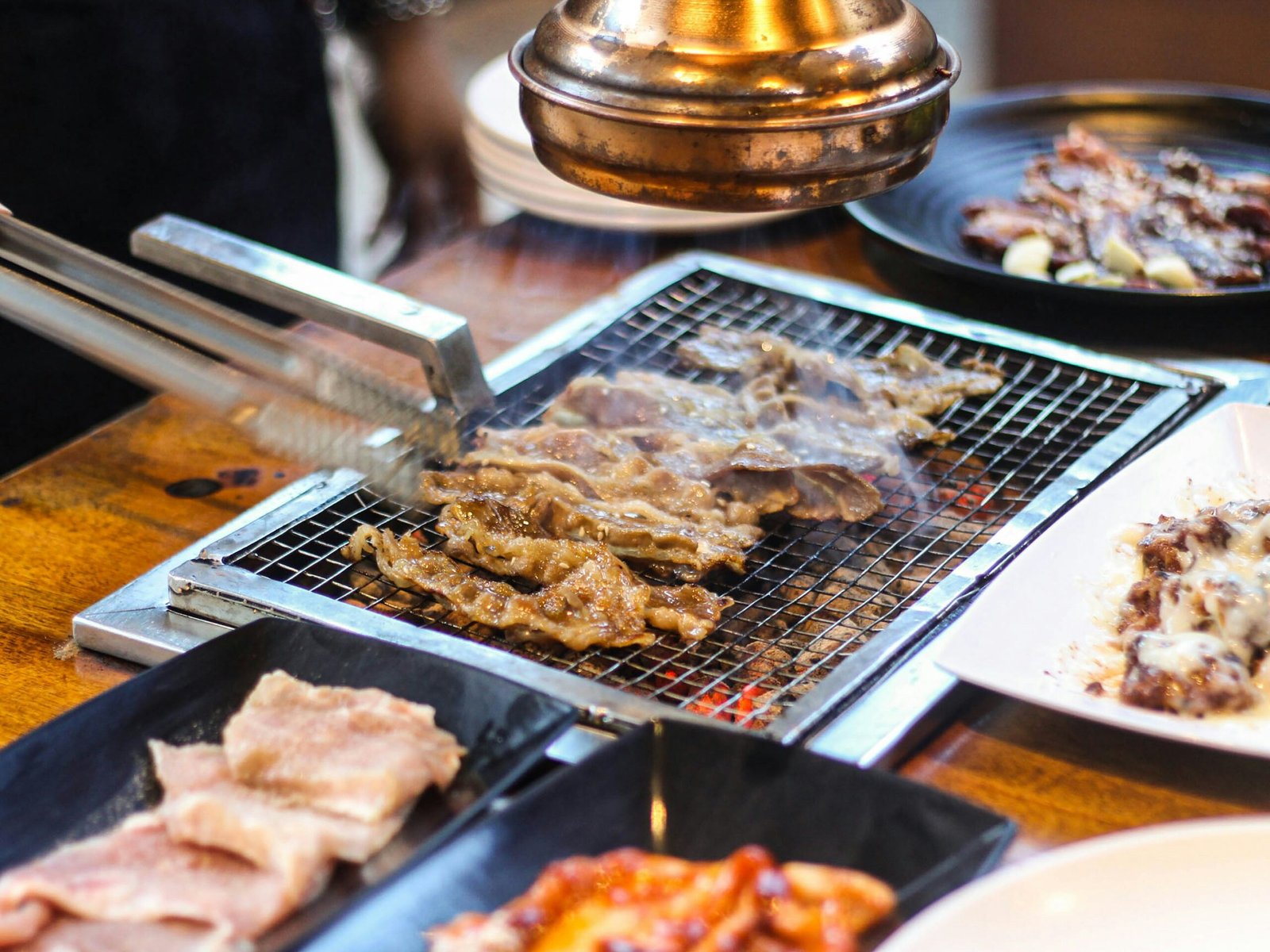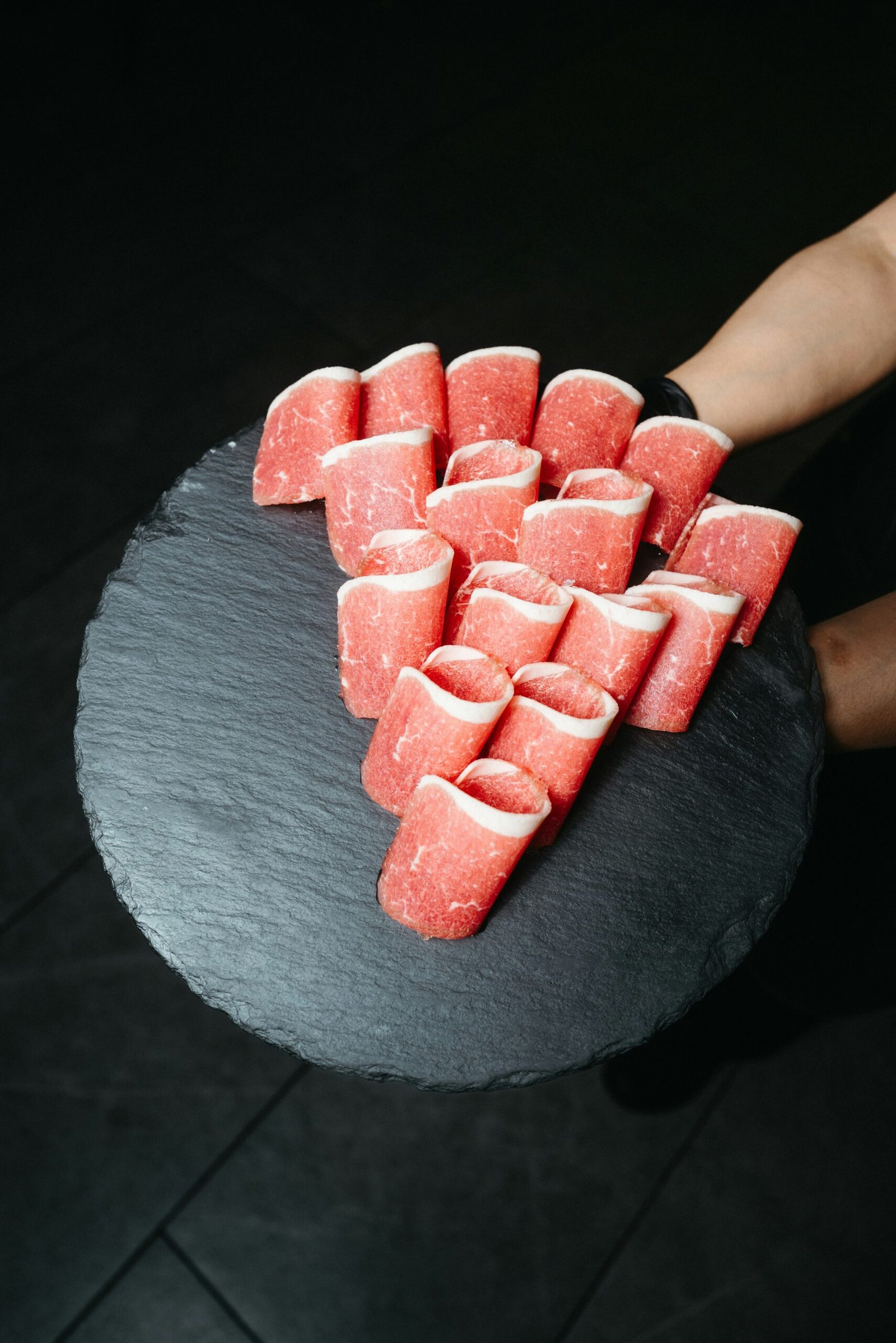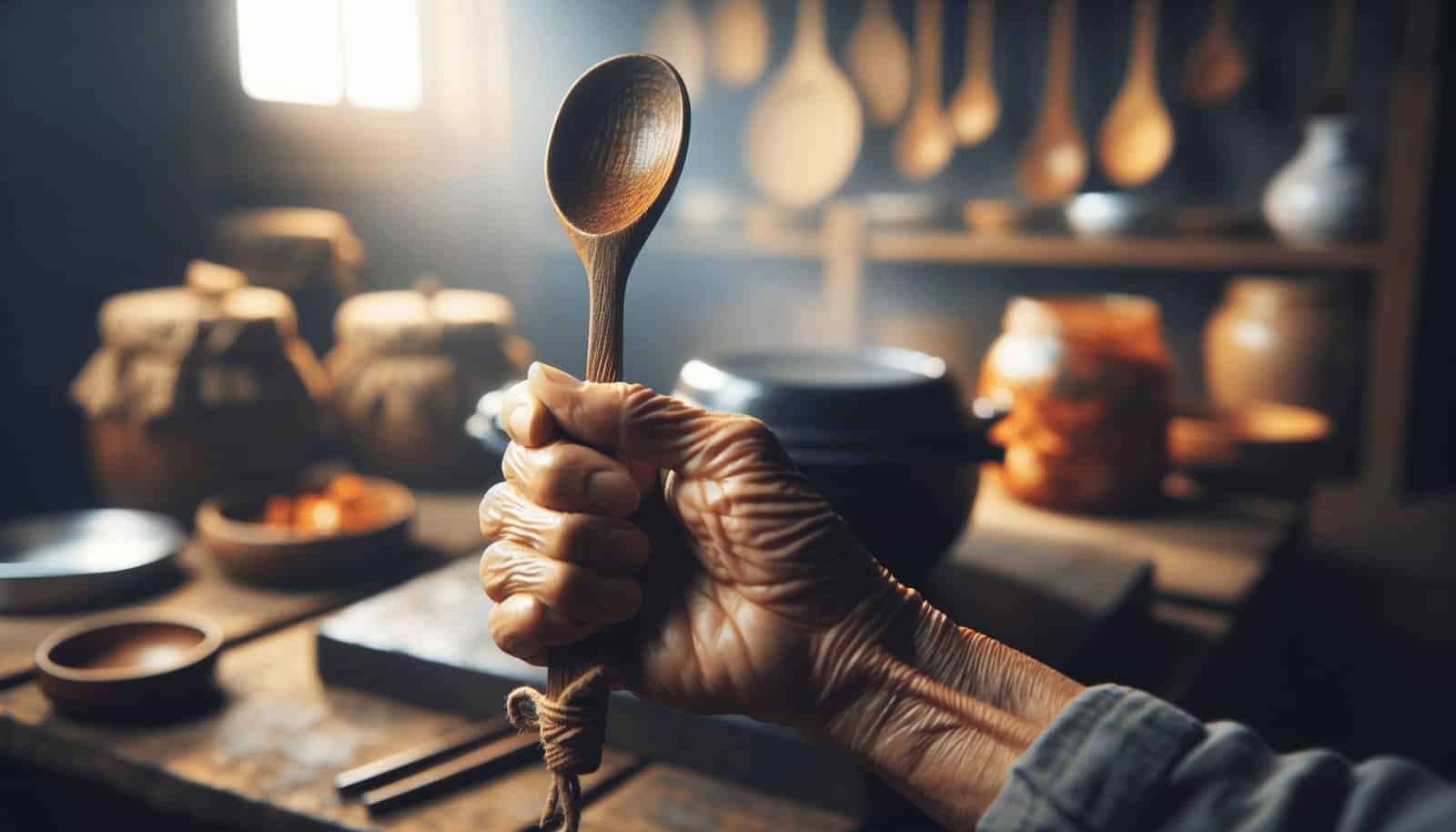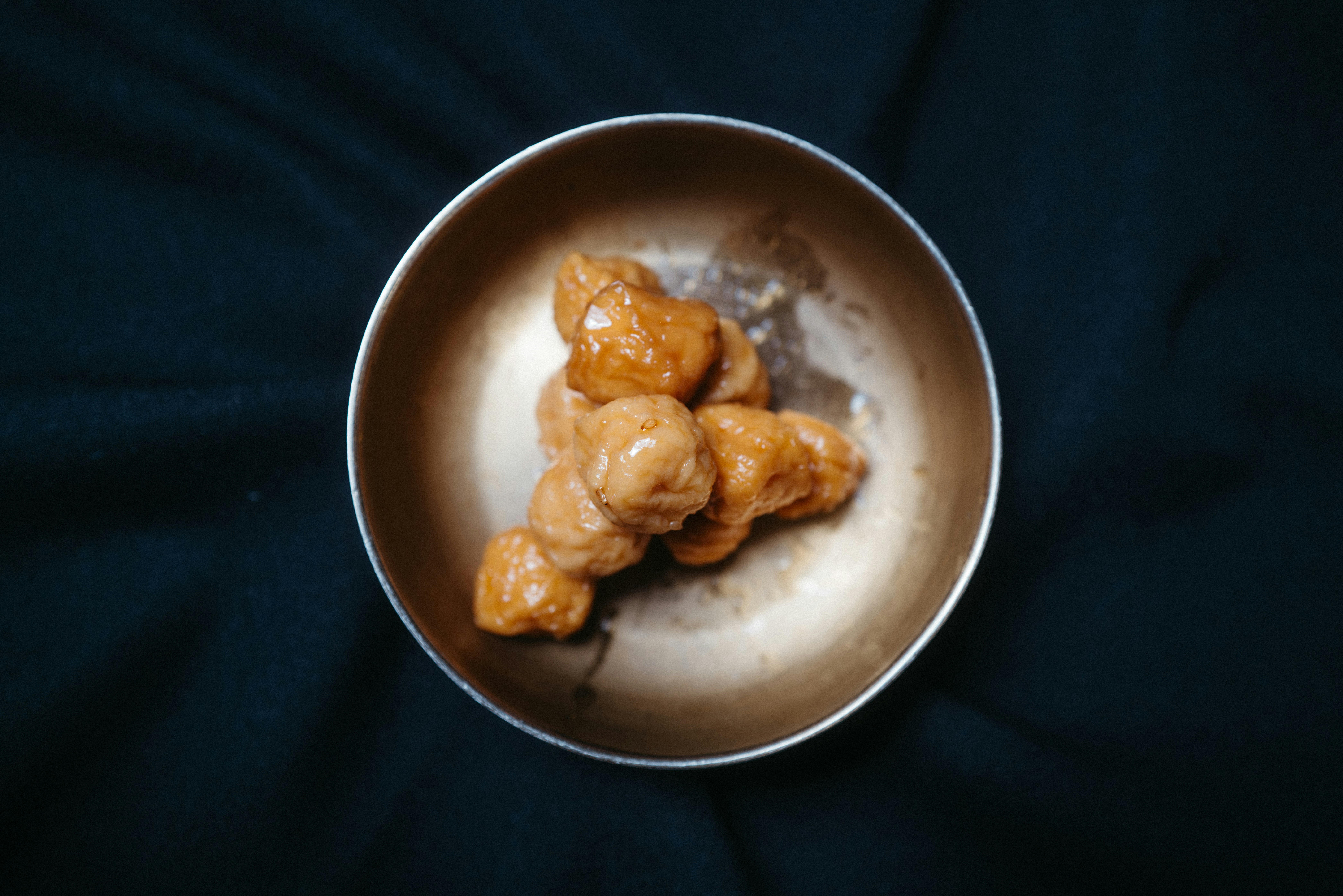Have you ever wondered what makes certain home-cooked meals taste extraordinarily special? There’s a secret ingredient in Korean cuisine that goes beyond the ingredients and recipe instructions. It’s called “sonmat,” which translates to “hand taste.” This isn’t just an abstract concept; it embodies the essence of Korean home cooking and has a profound influence on how dishes are prepared and enjoyed. So, let’s unravel the mysteries of “sonmat” and see how it transforms Korean food into an experience.
Understanding “Sonmat”
“Sonmat” is not just about flavor; it encapsulates the personal touch and love that a cook infuses into the food. It’s the technique, experience, and unique touch that one brings to the preparation process, making each dish singularly unique.
What is “Sonmat”?
“Sonmat” directly translates to “the taste of one’s hand.” However, it goes beyond the literal sense. It’s an unquantifiable quality that adds a personal signature to every dish, making it stand out even if the recipe and ingredients are the same.
The Cultural Significance
In Korean culture, food is more than sustenance; it is an act of sharing and showing love. The concept of “sonmat” highlights the emotional and relational aspects of cooking. Family recipes handed down through generations often carry the “sonmat” of elders, preserving their essence in every bite.
Influence on Korean Cooking Techniques
In the culinary world, technique can make a world of difference, and Korean cuisine is no exception. Here’s how the concept of “sonmat” manifests in Korean cooking techniques.
Traditional Methods
Korean cooking often emphasizes hands-on techniques such as marinating, mixing, and fermenting. By physically engaging with the ingredients, the cook imparts a personal touch that enhances the flavor.
Fermentation
Fermentation is central to Korean cuisine. Foods like kimchi and doenjang (fermented soybean paste) rely heavily on the specific touch and care of the individual preparing them. Each batch can turn out differently depending on who makes it, showcasing their unique “sonmat.”
Hand Mixing
Unlike using electric appliances, many Korean dishes are mixed by hand. For instance, when preparing bibimbap or marinated meats, the tactile experience of mixing ensures even distribution of flavors, enriching the dish with the personal touch of the cook.

The Role of Family Recipes
Family recipes in Korea are much more than just instructions. They are repositories of familial love and tradition, passed down through generations.
Legacy and Inheritance
Personalization of Recipes
Even though recipes are passed down, each person may add their flair, hence developing their “sonmat.” This personalization can make a family meal feel both familiar and new every time it’s prepared.
Emotional Connection with Food
The Emotional Component
Cooking with “sonmat” isn’t just about food; it’s an emotional experience. The cook’s mood, intentions, and even their energy can be felt through the dish.
Memories and Nostalgia
Food cooked with “sonmat” often evokes memories and nostalgia. It could be the taste of your grandmother’s kimchi during festive seasons or the unique way your mother prepares bulgogi.
Differences in Professional and Home Cooking
Professional kitchens often focus on consistency and efficiency, while home cooking celebrates individuality.
Professional Approach
Professional chefs might not be able to incorporate “sonmat” extensively due to the need for consistency and scalability. However, some traditional Korean restaurants strive to blend the two, ensuring that each dish delivers a touch of the chef’s unique flair.
Home Cooking
Home cooking thrives on the concept of “sonmat.” Each meal becomes an intimate experience, personalized to the preferences and tastes of those at the table.
The Influence on Modern Korean Cuisine
Modernization and globalization have brought significant changes to the culinary landscape. Yet, the concept of “sonmat” continues to hold immense value in Korean cuisine.
Fusion Cuisine
Even in fusion cuisine, where traditional Korean dishes meet international flavors, “sonmat” plays an integral role. The unique personal touch ensures that even the most avant-garde dishes retain a sense of identity.
Global Spread
As Korean cuisine gains popularity worldwide, the essence of “sonmat” helps maintain its authenticity. Cooks across the globe attempt to incorporate this intangible quality to deliver true Korean flavors, no matter where they are.

The Art and Science of Balance
One of the less obvious but essential aspects of “sonmat” is the idea of balance. Successful Korean dishes often hinge on achieving a perfect balance of flavors, textures, and even temperatures.
The Science Behind “Sonmat”
It involves understanding the optimal combinations and proportions of ingredients. While it may appear intuitive, there is a lot of culinary wisdom and experience that go into making balanced and harmonious dishes.
The Art Component
The art lies in the instinct and intuition developed over years of cooking. Successful cooks can adapt recipes on the fly, adjusting seasoning or cooking times based on the quality and condition of their ingredients.
Practical Tips for Incorporating “Sonmat” into Your Cooking
You don’t have to be Korean or even an experienced cook to infuse your dishes with “sonmat.” Here are some practical tips to get you started.
Use Fresh, Quality Ingredients
Always opt for the freshest and highest quality ingredients you can find. Their natural flavors will stand out more, allowing your “sonmat” to shine.
Engage All Your Senses
When cooking, engage all your senses. Smell the spices, listen to the sizzle, and taste as you go. This will help you build a deeper connection with your ingredients and enhance the overall flavor.
Don’t Rush the Process
Taking your time can make a significant difference. Whether it’s allowing meat to marinate properly or giving kimchi the time it needs to ferment, patience often results in better flavors.
Trust Your Instincts
While recipes are essential, don’t be afraid to trust your instincts. If you think a dish needs a bit more seasoning, follow your intuition. This personal touch is crucial for developing your unique “sonmat.”

Commonly Asked Questions About “Sonmat”
Is “Sonmat” Unique to Korean Cuisine?
While the term “sonmat” is unique to Korean cuisine, the concept of imparting a personal touch into cooking is universal. Different cultures have various ways of describing it, but the essence remains the same.
Can “Sonmat” Be Learned?
Absolutely! While “sonmat” often comes from experience, anyone can learn to cook with a personal touch. The key is to be mindful and intentional in your cooking process.
Does “Sonmat” Affect Nutrition?
The concept of “sonmat” primarily influences taste and emotional connection, rather than nutritional value. However, using fresh ingredients and traditional cooking methods can lead to healthier meals.
Conclusion
The concept of “sonmat” (hand taste) profoundly influences Korean cooking, transforming it from a mere culinary activity into an intimate, emotional, and cultural experience. Whether it’s the tactile engagement in preparation, the emotional connection to family recipes, or the artful balance of flavors, “sonmat” brings an irreplaceable human element to the food. So, the next time you prepare a meal, consider how your unique touch can enrich the flavors and make every dish a work of art.

